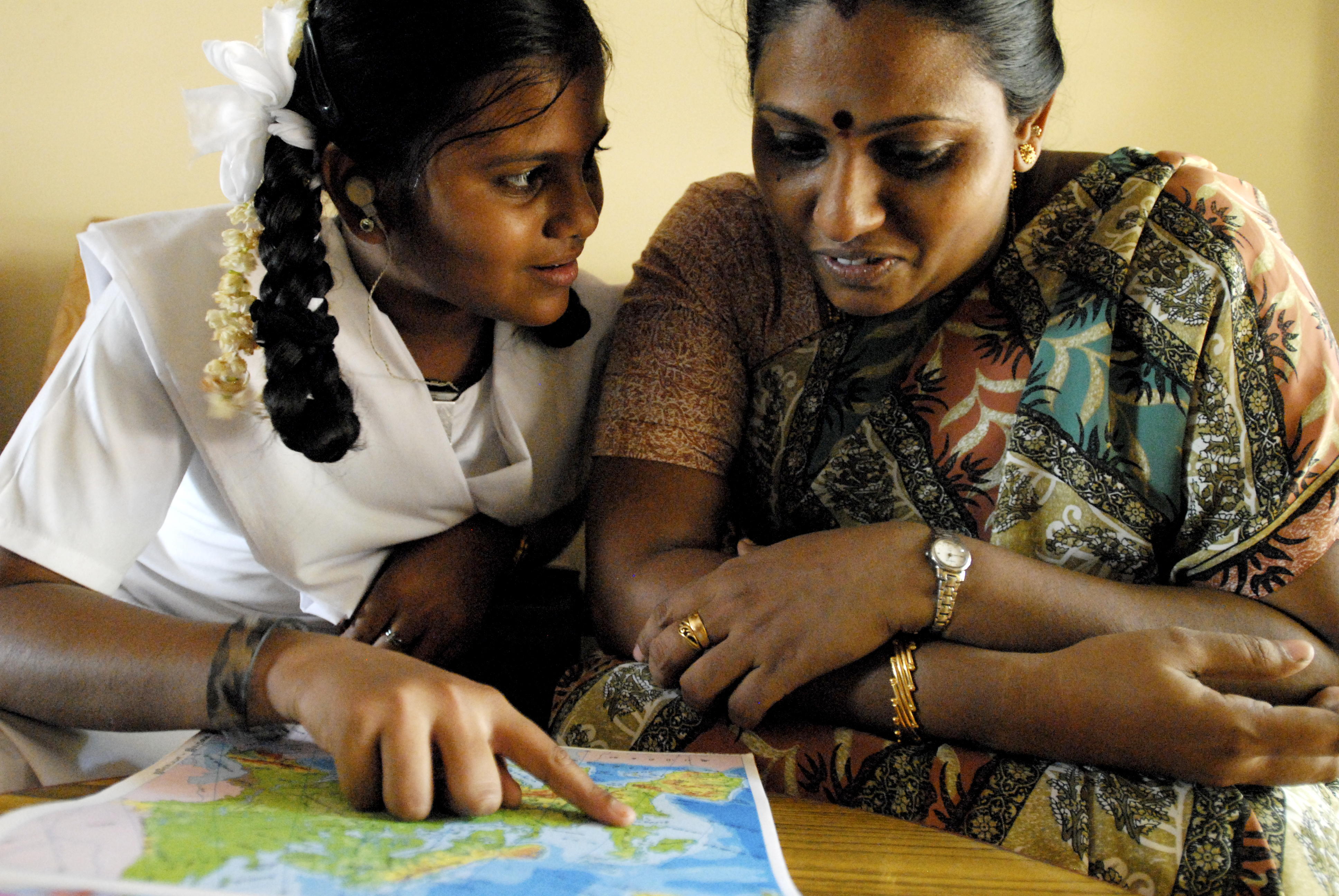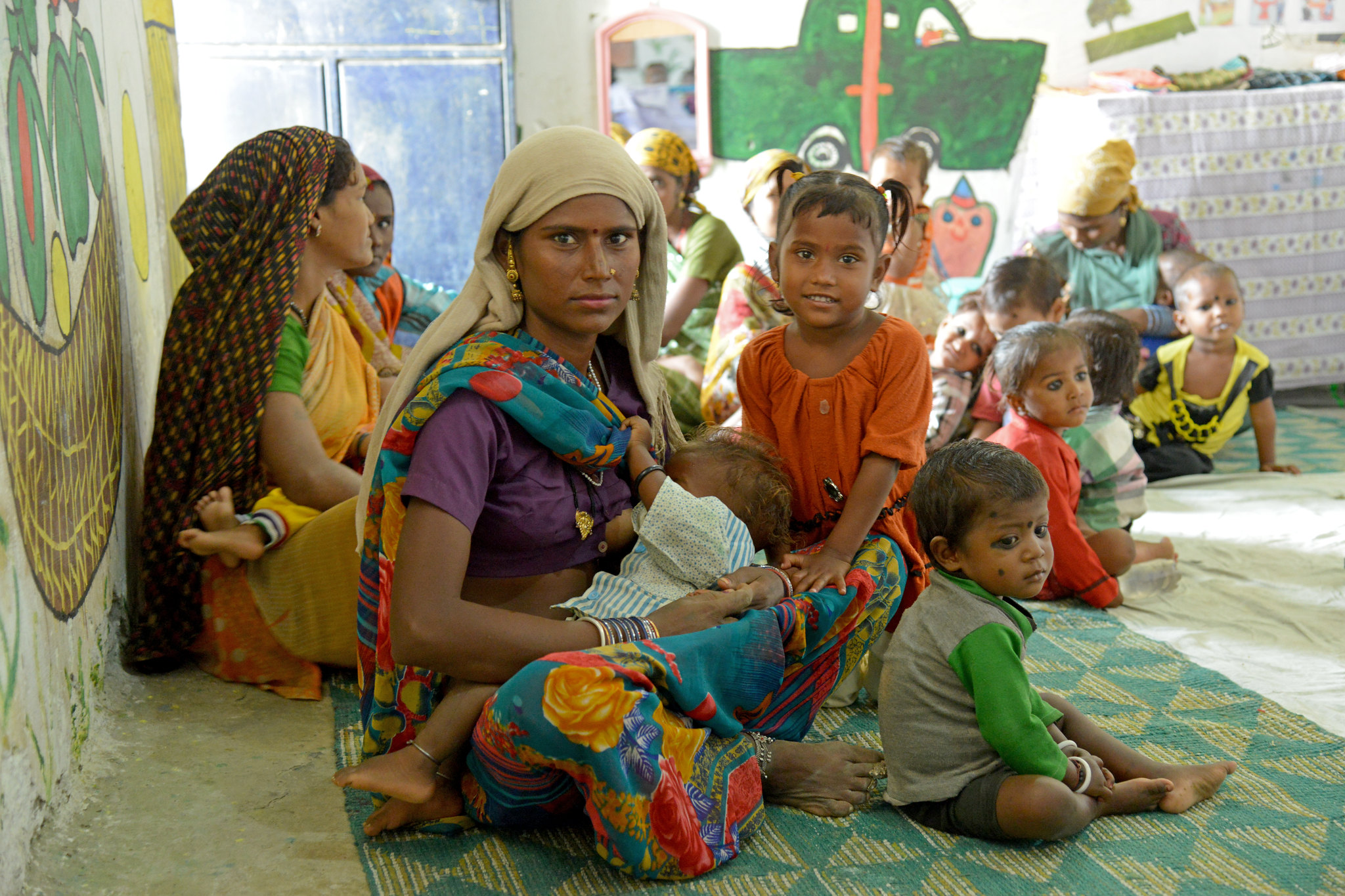This is a joint post with Christian Meyer.For global producers of consumer products, the rise of a middle class in India is great news.
Dunkin’ Donuts,
Starbucks, and
IKEA have all recently announced they will move into the Indian market. The Swedish furniture maker plans to invest up to €1.5 billion over the next 15 to 20 years. A growing and more economically secure middle class in a country that, for all its troubles, is expected to continue to grow at a healthy if not torrid pace, ensures a healthy consumer market for years to come.The development community has high hopes for India’s middle class too. Middle-class households are expected to make their country not only a bigger consumer market, but more inclined to
more market-friendly economic policies,
less corrupt, and
more democratic.Who are the middle class in India, and how big is the group? Who is going to buy all these
Billy shelves and
Poäng chairs? As we have
pointed out in an earlier blog post, there is no consensus among economists on the appropriate income or consumption thresholds that identify the middle class – neither globally or regionally, nor within single countries. That is also true for India, where the definition (and hence size) of the middle class has been the
subject of much debate.Using a $10 per capita per day minimum threshold, which seems to be
emerging as a global minimum for being economically secure and thus middle class (see a
recently released World Bank report of the Latin America and Caribbean region for an explanation) and a $50 maximum threshold, we estimate that about 70 million Indians are part of the middle class. (To get to this estimate, we use the 2009/2010 round of the official
Indian National Sample Survey and make a number of adjustments and assumptions
described in this technical note. Our thresholds are not that different from those of the influential
National Council of Applied Economic Research (NCAER); our overall estimate is smaller than NCAER’s – see our technical note.)This means that for the IKEAs of this world it is certainly true that there is plenty of furniture to be sold. Using a $10 threshold, India’s middle class is still larger than the total population of France –
the third-biggest market for the Swedish furniture giant.On the other hand, 70 million people constitute less than 10 percent of India’s population and all 70 million are in the top decile of India’s income distribution. India has a middle class (using the threshold of a minimum of $10 per capita per day) that is not in the middle of its income distribution. Beyond
Billy shelves, is a small middle class that is rich by local standards enough to be a stabilizing political force, to constitute the
critical mass that is indispensable to accountable and democratic government? There is some reason to be optimistic; by 2030 the middle class using our thresholds could constitute about 20 percent of the population (assuming around 5 percent real growth and unchanged distribution,
as we did in this presentation). (For a comparison, Brazil’s middle class already constitute 30 percent of its population – see the World Bank report cited above.) It will surely depend: on growth, the future distribution of that growth, on policies and their effects on growth and its distribution – and on political and other even less predictable unknowns…
CGD blog posts reflect the views of the authors, drawing on prior research and experience in their areas of expertise.
CGD is a nonpartisan, independent organization and does not take institutional positions.





